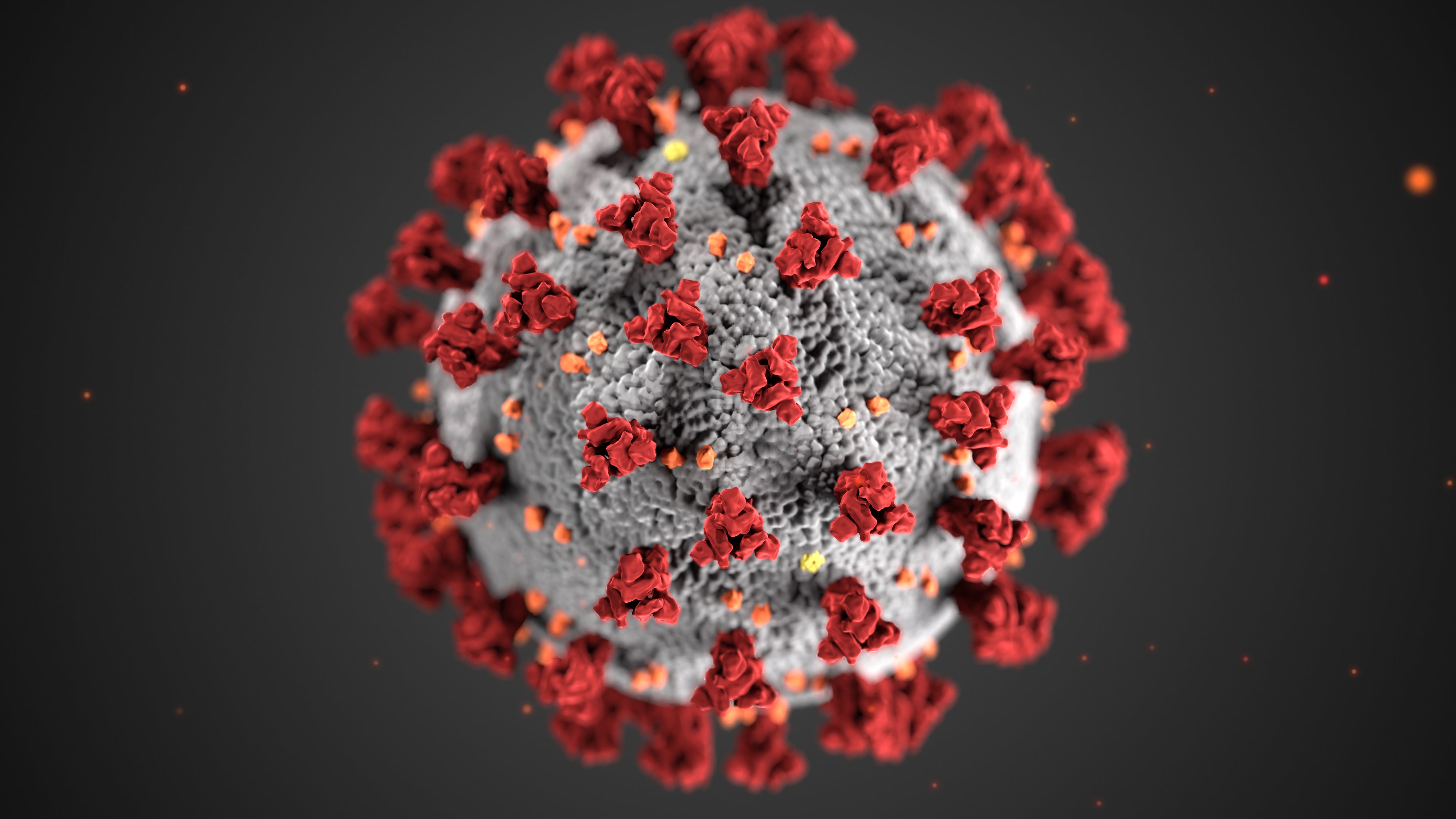Cancer breakthrough published in online journal Scientific Reports
Published 8:37 am Friday, August 23, 2019
Scientist shares a potential new measurement to monitor chromosome changes in cancers
One of The Hormel Institute, University of Minnesota’s new section leaders, Dr. Rafael Contreras-Galindo, just published research in a high impact journal, Scientific Reports, an online open access journal published by Nature, the world’s top research journal.
The article, “The Genomic Landscape of Centromeres in Cancer,” shares high impact discoveries found in a project collaboratively worked on by Drs. Anjan K. Saha, Mohamad Mourad, Mark H. Kaplan, Ilana Chefetz (also a section leader at The Hormel Institute), Sami N. Malek, Ronald Buckanovich and David M. Markovitz.

Contreras-Galindo
“Although the centromere sequence remains the last frontier of human genetics, we developed a powerful assay to measure the size of centromeres,” said Contreras-Galindo, who is leader of the Genome Instability and Chromosome Biology lab. “This assay gives us the opportunity to understand how centromeres change when cells get sick.”
Centromere genomics remain poorly characterized in cancer. The research leverages a specific and targeted method to assess the genomic landscape of centromeres in cancer cells. PCR-based profiling compares sequences in cancer cells and tissues as compared to healthy counterparts.
The findings represent a more comprehensive evaluation of centromere genetics in the setting of malignancy, providing valuable insight into the evolution and reshuffling of centromeric sequences in cancer development and progression.
“This investigation shows that centromeres, the middle region of chromosomes and the foundations from chromosome duplication, are dynamic structures that contract and expand in the development of cancer,” Contreras-Galindo said. “In general we observed that centromeres contract in a larger number of chromosomes of cancer cells. This could potentially affect the base of assembly for chromosome division leading to aberrant division of chromosomes as seen in cancer cells.”
The new information is contrary to what was previously understood about cancer’s effects on chromosomes.
The investigators further analyze chromosomal changes in ovarian cancer and leukemia. Interestingly they found contractions of centromeres in chromosome 17 specifically associated to ovarian cancer. Dr. Chefetz explains “the loss of centromeric material in chromosome 17 suggest the possible involvement of this chromosome in the development of ovarian cancer, a topic of our new collaboration is to discover how it occurs.’’
“Contrary to the belief that centromeres are conserved, we show that in cancer centromeres reshuffle or recombine at higher speeds than other parts of the chromosomes,” she added.



